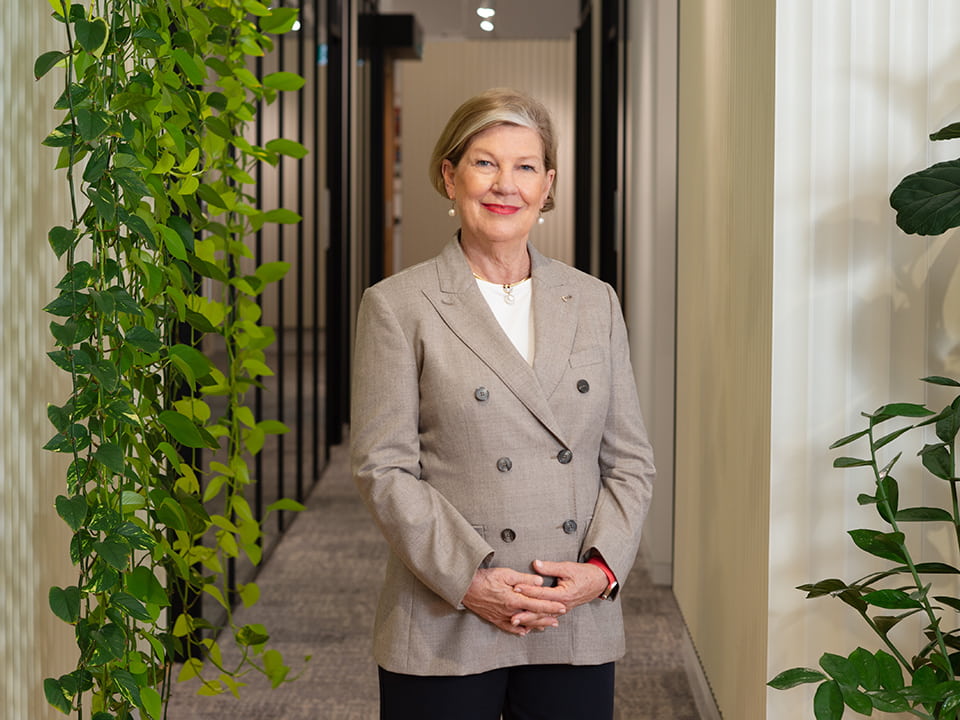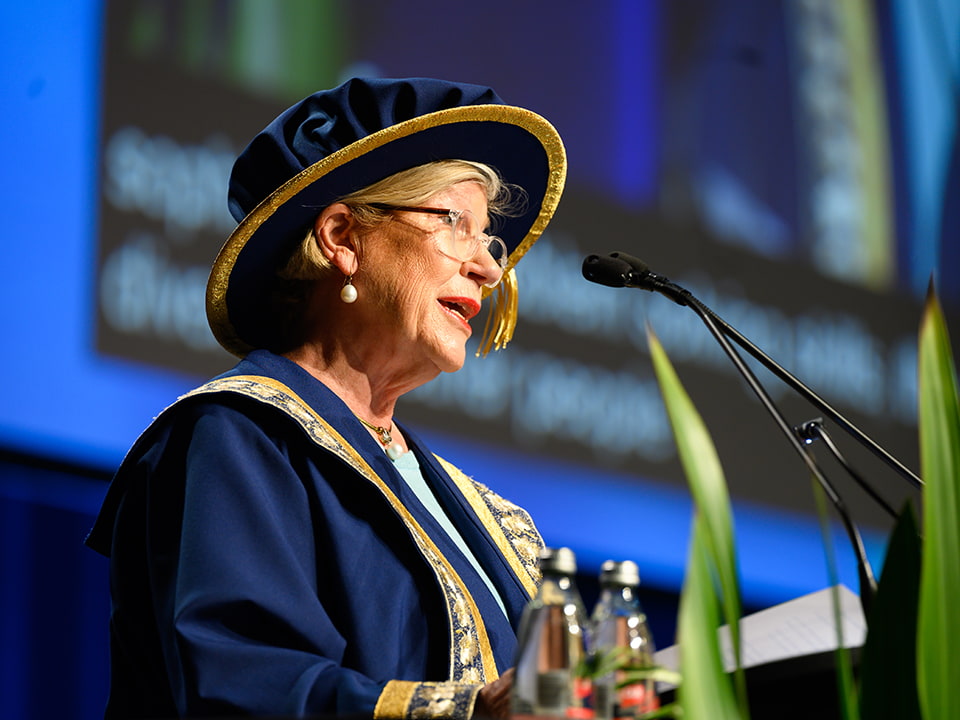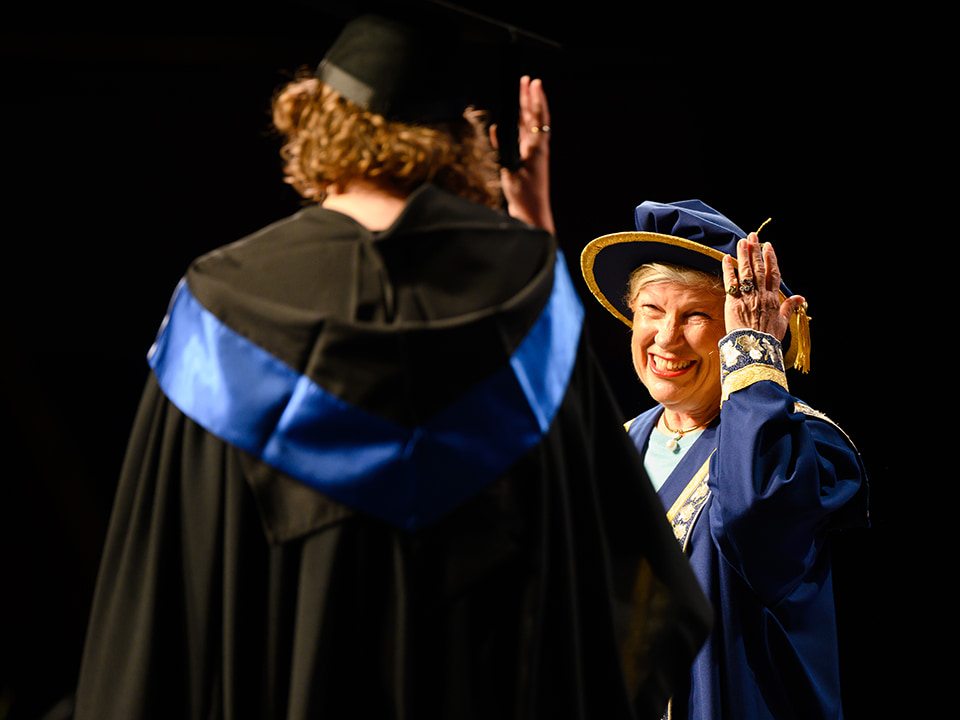
Information for graduands
We have comprehensive information about graduating including registration, important dates and academic dress for current students and students who have already received their parchment.
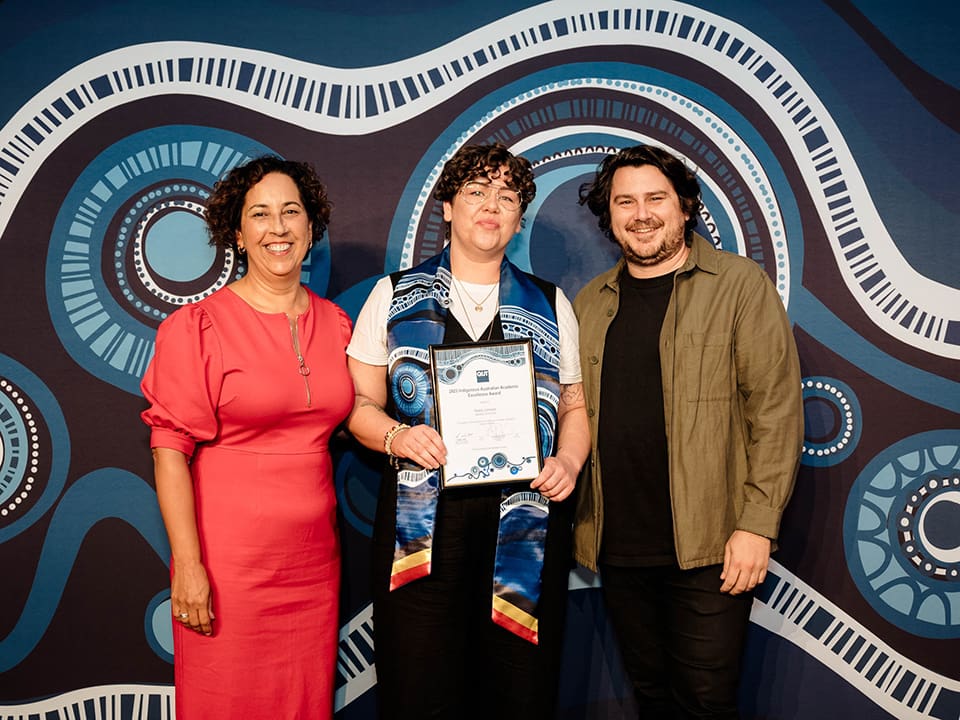
Information for Indigenous Australian graduands
Graduating students of Aboriginal and /or Torres Strait Islander descent will be invited to a pre-graduation celebration, which will take place in the days preceding the official graduation ceremonies.
This event, featuring a formal dinner and entertainment, recognises and celebrates the achievements of Indigenous Australian students, outstanding alumni, and other highlights of the year for the Indigenous Australian community at QUT.
Graduands will be presented with a stole in cultural colours, which can be worn to their official QUT graduation ceremony.
Alumni community
As QUT alumni, you now join a global network of more than 300,000 professionals, each sharing in their lifetime connection with QUT. Our alumni will always be an integral part of the QUT community and the shaping of its future, and we look forward to staying connected and following your journey.
There are many ways to stay involved with QUT. You can share your expertise with current students through career mentoring, guest lecturing and work integrated learning opportunities, or update your own skills and education.
We’d love to keep in touch and hear about your exciting career updates and achievements. You can email the alumni team any time via alumni@qut.edu.au and tag #QUTAlumni on social media, so we can follow your success.
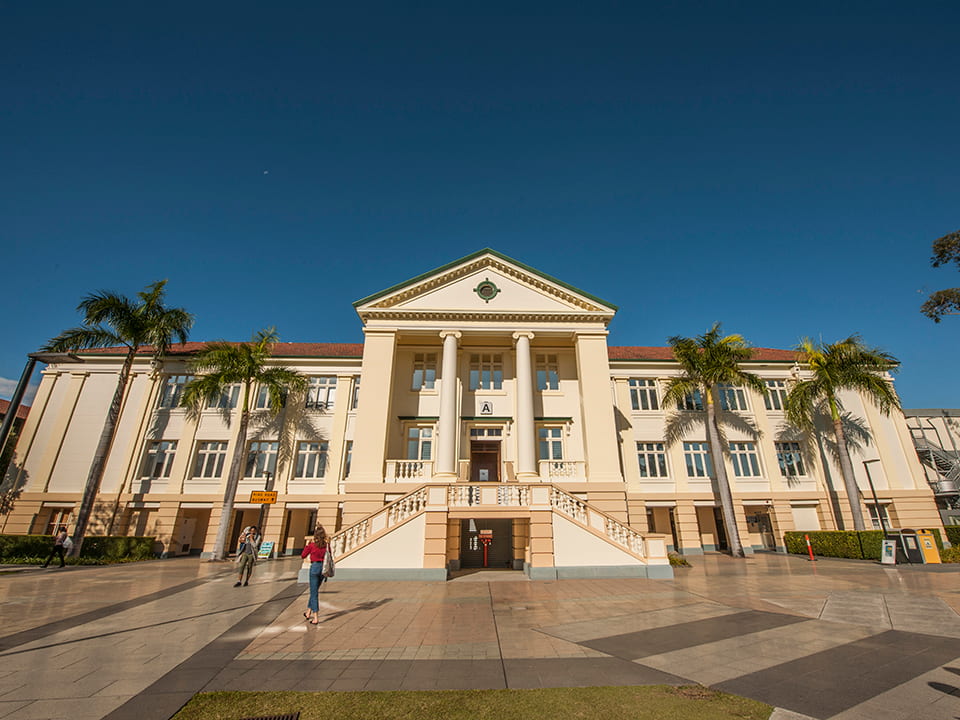
QUT Council
QUT Council is responsible for the effective governance and operations of the university, and the administration of graduation ceremonies.
There are 15 members on QUT Council in official, elected and appointed positions. Council's membership, composition, powers and responsibilities are governed by the Queensland University of Technology Act 1998.

